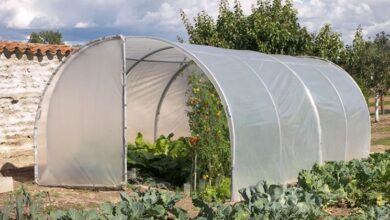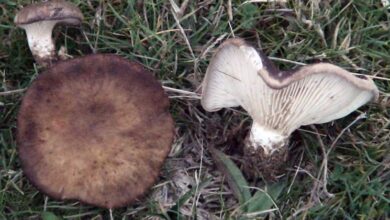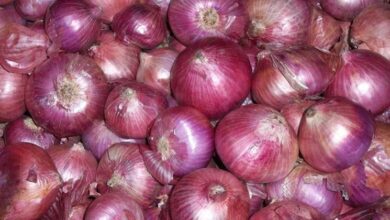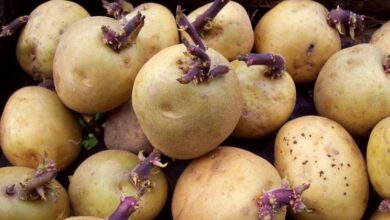Leek cultivation
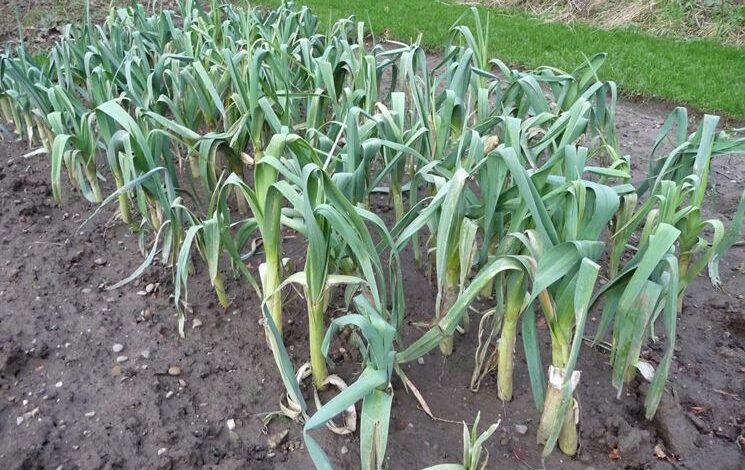
Irrigation and harvest
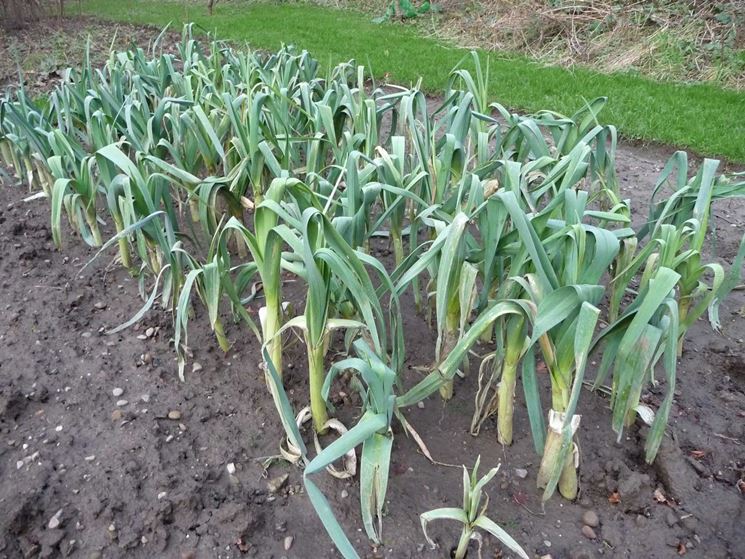
Sowing and transplanting
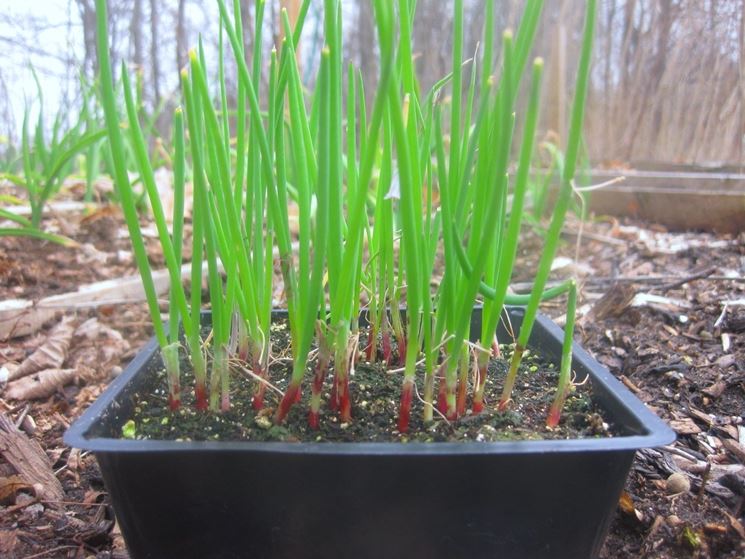
The sowing of leeks can be done at the beginning of the year in a sheltered seedbed to harvest in the summer, or in March directly outdoors if we live in areas with a mild climate, to harvest in winter. If sowing takes place outdoors, the seeds are placed in small holes one centimeter deep. The temperature for germination must not drop below twelve degrees, but the ideal one is about twenty-five degrees. The temperature affects the germination times of leeks. The transplant must be done two months after sowing, when the seedlings will reach fifteen centimeters in height, planting them in fifteen centimeter furrows filled with manure. Between one furrow and another we leave the space of a span, so that the plants can develop and to create corridors to facilitate the subsequent harvest.
How to fertilize and hedge
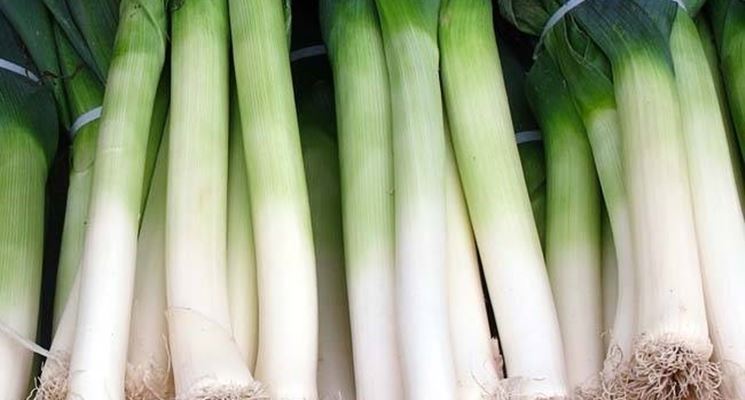
Leek plants need rich soil, but you must not exceed them, especially during the winter season, as too much fertilization would lead to a reduction in resistance to frost. After about a month, having left the furrow of our plants slightly sunken, we can completely cover it by leveling the earth well. A further hilling, if the soil is dry, it could be done a month before harvesting to help the stem to whiten further. As for the intercropping, the one between leek and onion is excellent for mutual protection from insects, but it is also successfully associated with carrots, cabbage and lettuce. Instead, it is not recommended to sow them near legumes such as peas and beans.
Leek cultivation: Pests and diseases
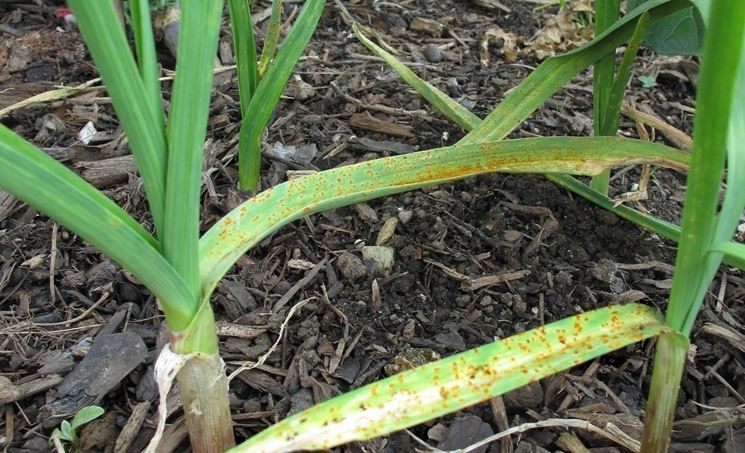
The enemies of leek plants are those typical of plants of the liliaceae family, one particularly harmful is the onion fly, which can be eliminated with Bacillus thuringiensis or could be removed by combining the leek with carrots. A major problem that leek plants can have is the leek miner fly, which reproduces and lays eggs inside the plant so that the larvae eat it, it is possible to prevent it by covering the leek crop in the months of September and October. . The leek could also be destroyed by downy mildew, in this case you have to cut the leeks almost completely, leaving only one finger, the plant grows back in a couple of months. The cut plant must be eliminated and not used for compost, to avoid the spread of spores.

